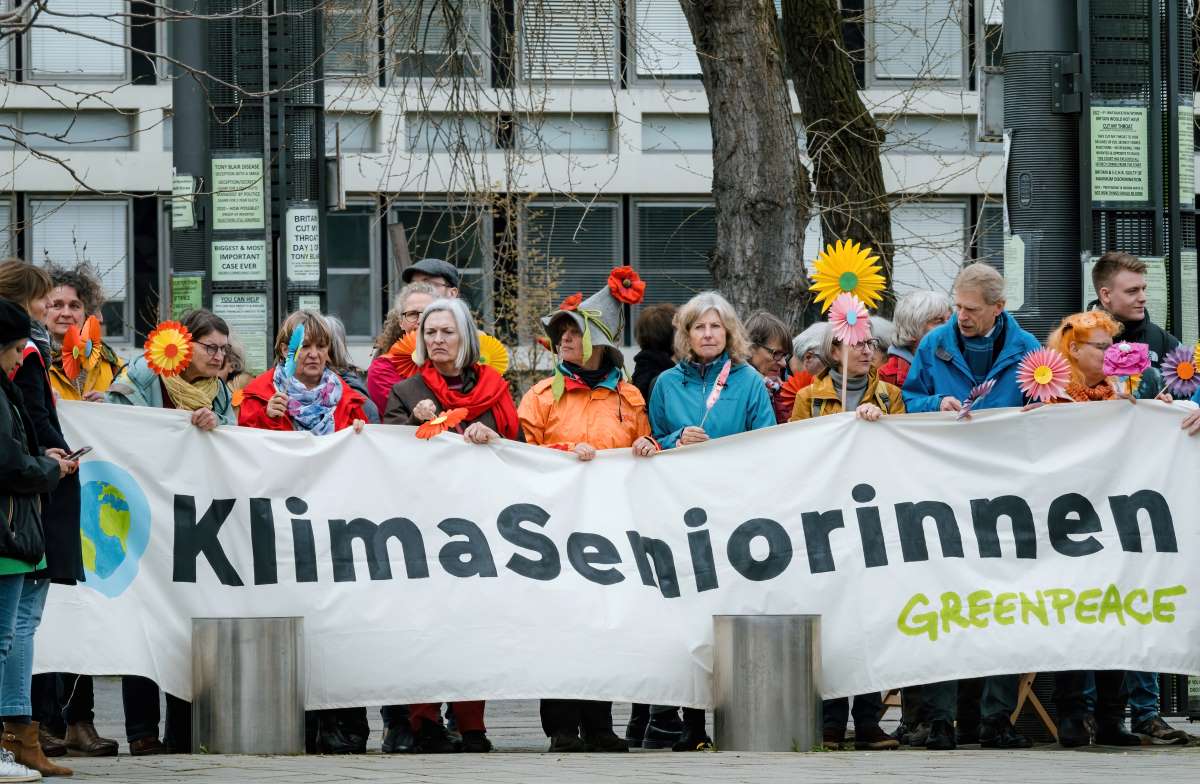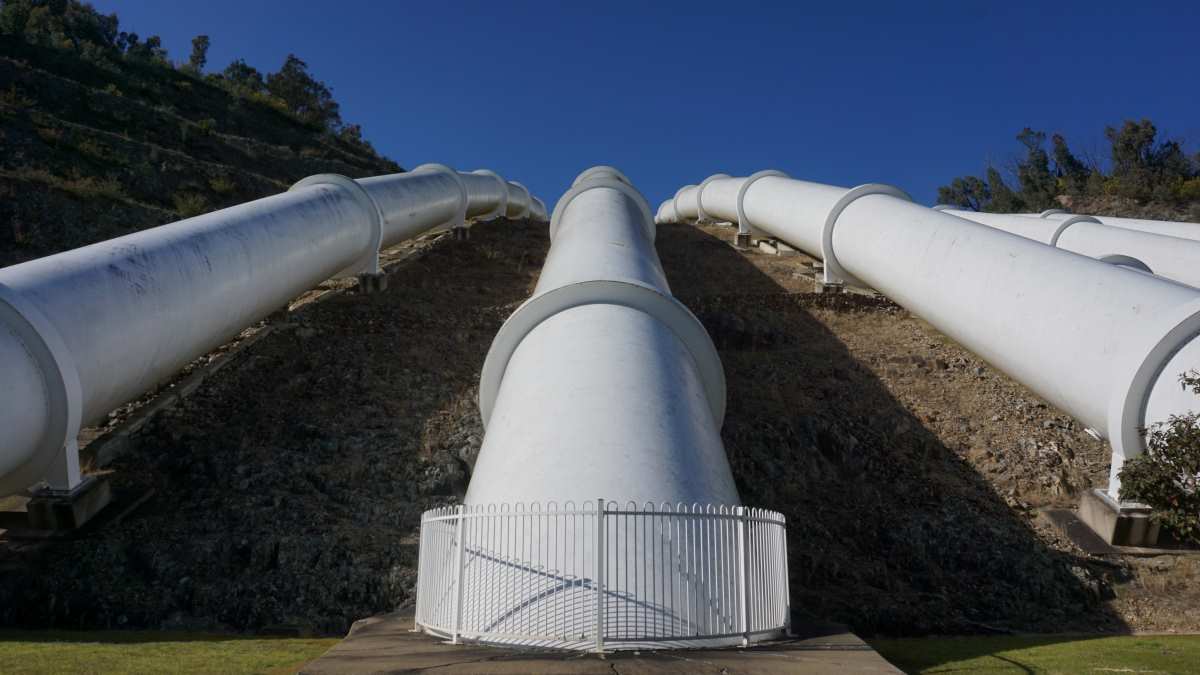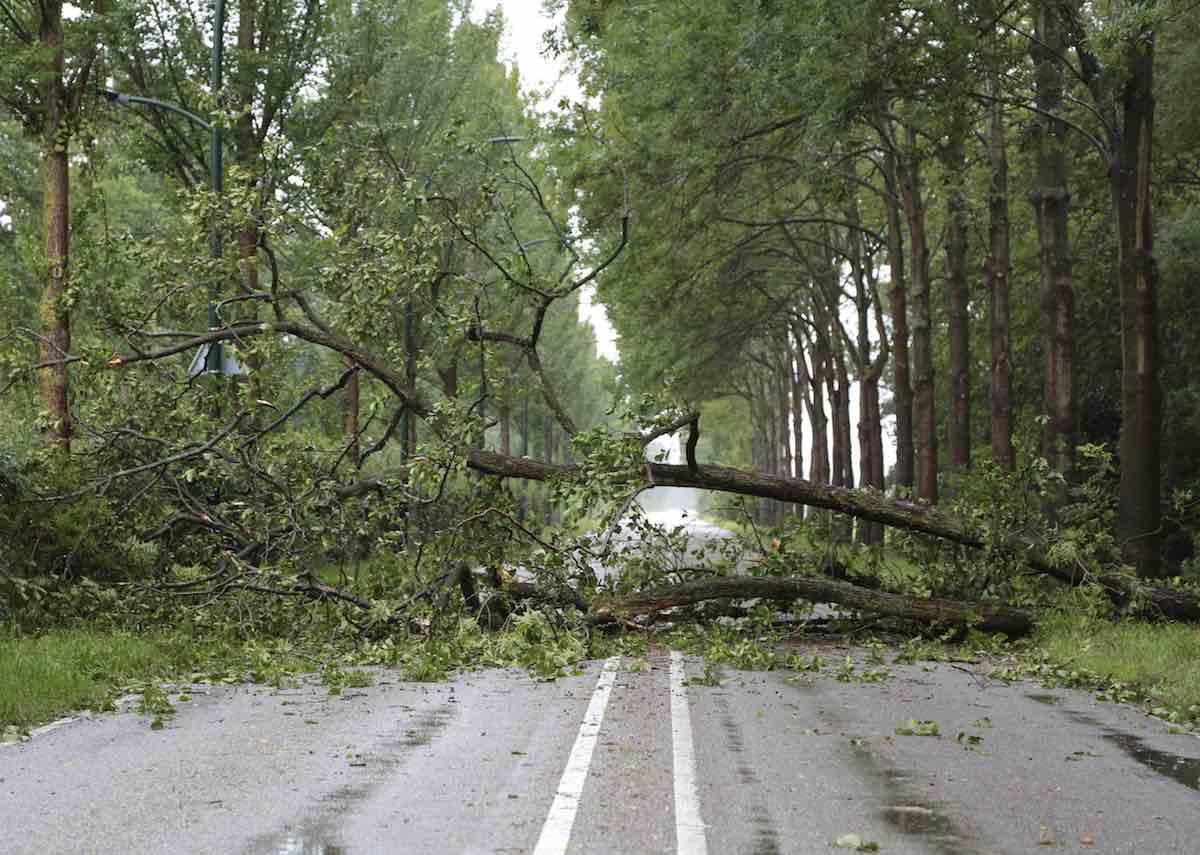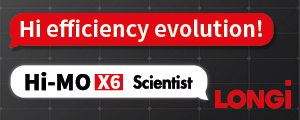A new JRC study looking into the supply of raw materials for the manufacture of low-carbon energy technologies found that eight metals were at high risk of shortages. The risk arises from EU dependency on imports, growing demand worldwide and geopolitical reasons. The study builds on a 2011 effort which looked into the six key applications of the Strategic Energy Technology (SET) Plan: wind, solar, nuclear fission, bioenergy, carbon capture and storage (CCS) and the electricity grid. These were re-assessed and considered along with 11 other technologies treated in the new report, this time evaluated on the expected supplies of the metals and not on the current situation as in the first report. The SET Plan was launched in 2008 with the objective to accelerate the development and deployment of cost-effective low carbon technologies.
Among the eight elements classified as “critical” are six rare earth metals – dysprosium, europium, terbium, yttrium, praseodymium and neodymium – and the two metals gallium and tellurium. Four metals – graphite, rhenium, indium and platinum) are found to have a medium-to-high risk, suggesting that the market conditions for these metals should be monitored in case they deteriorate thereby increasing the risk of supply-chain bottlenecks.
Dysprosium was identified as being the most at risk, as the EU is expected to require 25% of the expected world supply in 2020-2030 to meet the Union’s demand for hybrid and electric vehicles and wind turbines. Other important materials and their associated key technology include lithium, graphite neodymium, praseodymium and cobalt (for hybrid and electric vehicles); tellurium, indium, tin and gallium (for solar energy); platinum (for fuel cells); indium, terbium, europium and gallium (for lighting); neodymium and praseodymium (for wind) and indium (for nuclear). The EU demand for lithium is projected at nearly 15% of the global supply, while that of graphite at 10%.
The applications, i.e. technologies, of particular concern are electric vehicles, wind and solar energy, and lighting. As in the first report, measures to mitigate the supply-chain risks for the critical metals are considered. These fall into three categories: increasing primary supply, reuse/recycling and substitution.
The study examined a total of 60 metals, i.e. metallic elements, metallic minerals and metalloids; only iron, aluminium and radioactive elements (used as fuel in nuclear plants) were specifically excluded. Graphite was also included, reflecting its status as one of the critical raw materials identified by the EU Raw Materials Initiative. Where possible, the study models the implications for materials demand as a result of the scenarios described in the EU Energy Roadmap 2050. Consequently, the results obtained in the first study were updated to reflect the data that has become available in the roadmap.
(Reprinted from materials provided by JRC)











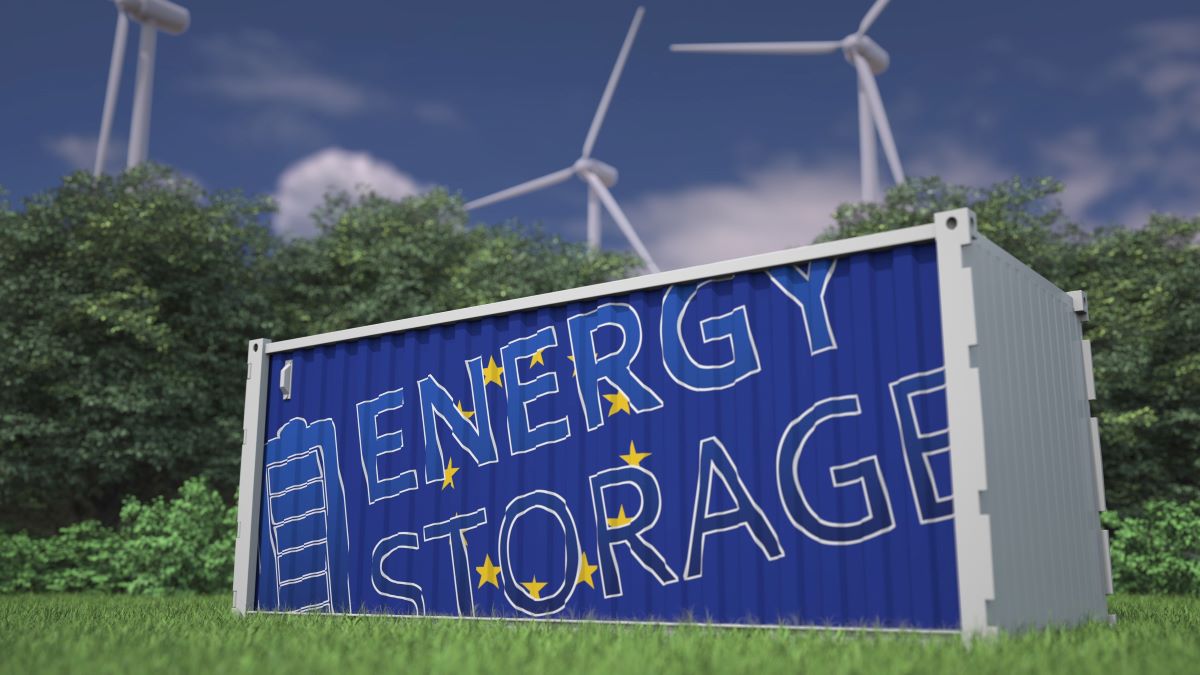
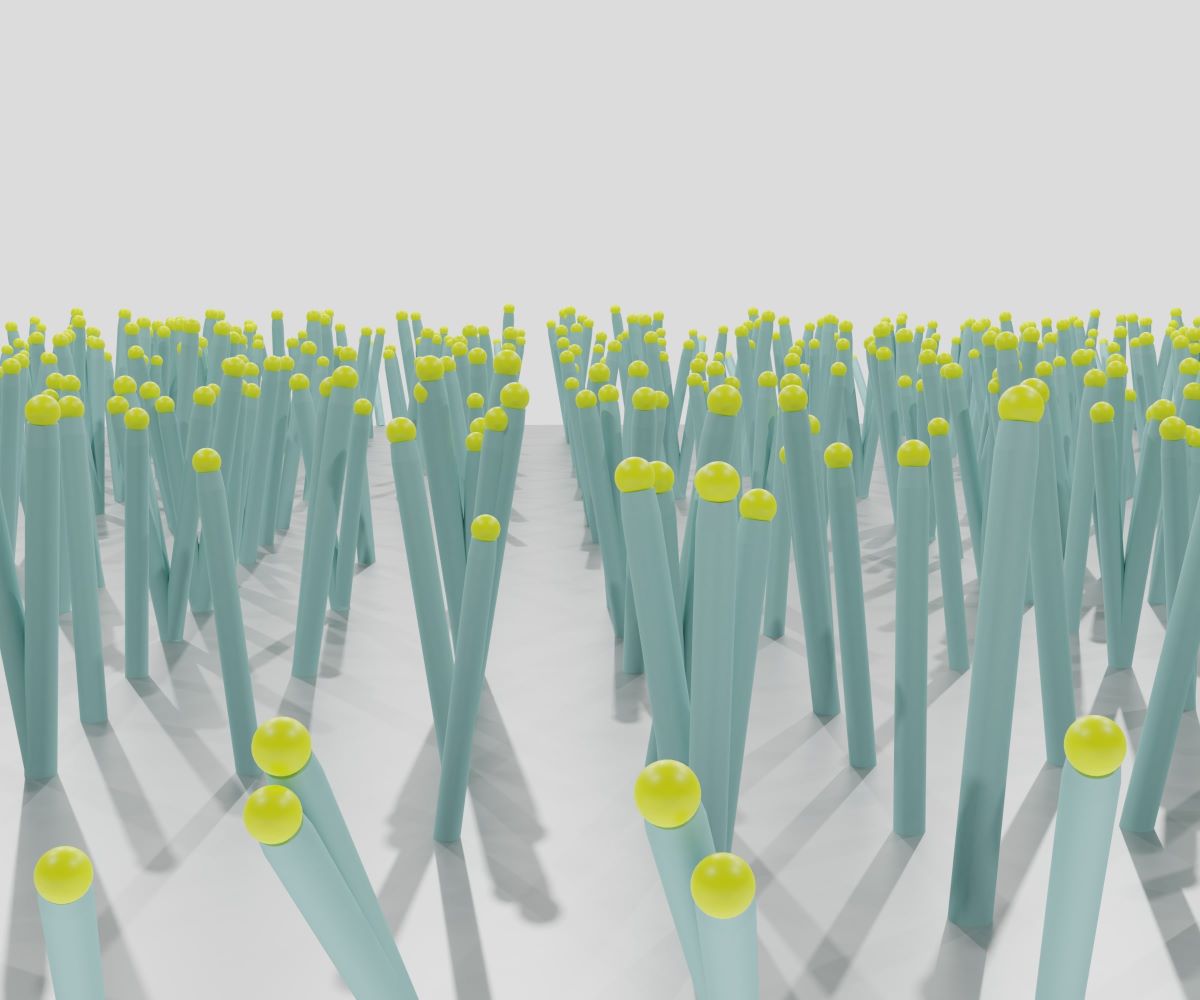

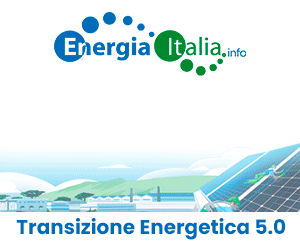


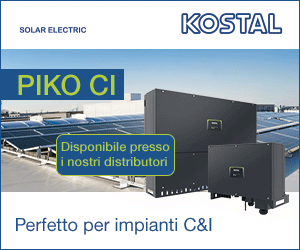








.gif)

